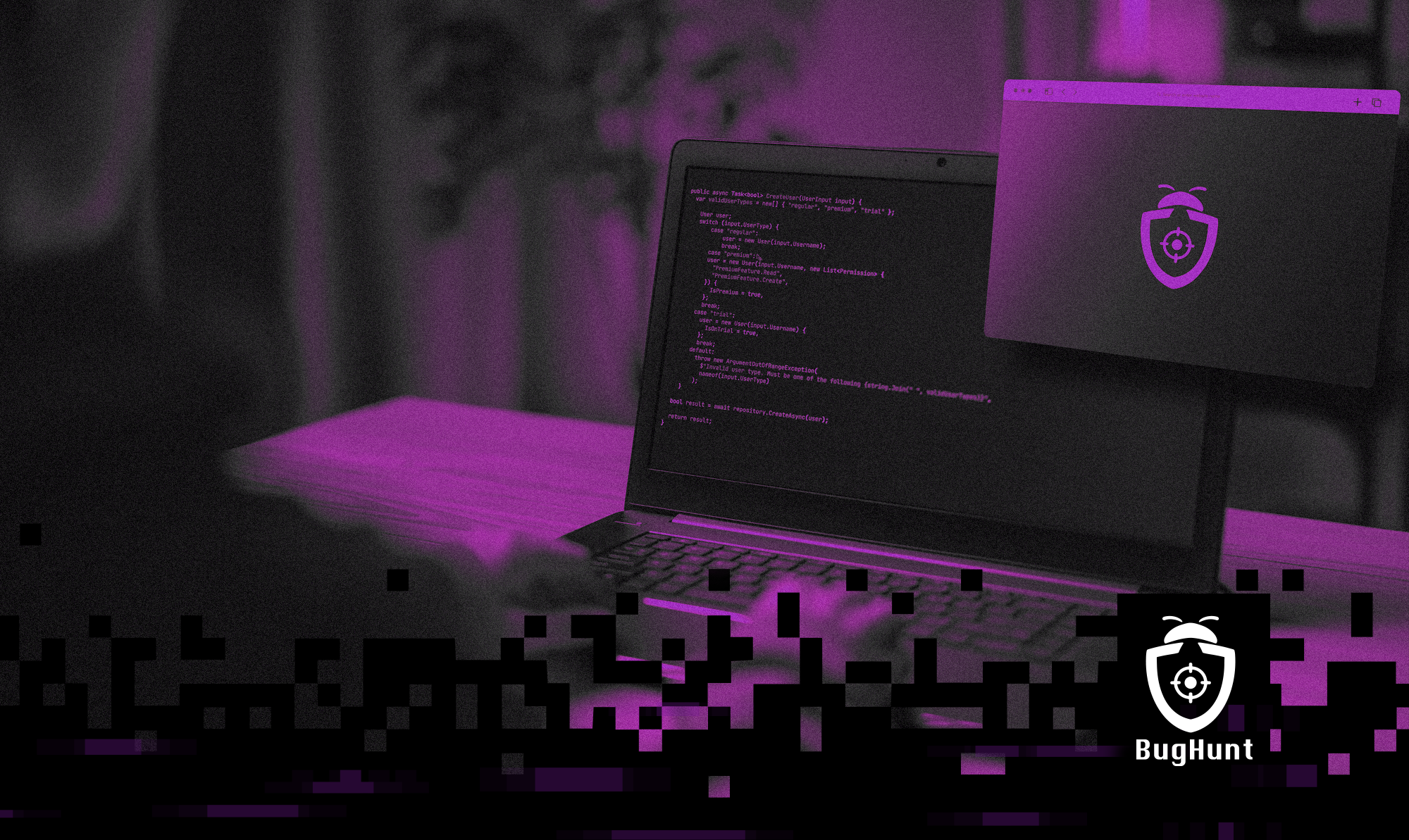5 Security Challenges for No-Code Platforms

It’s a fact that programming is a complex task and requires a lot of study. Even so, many people who don't understand the subject try to venture into the world of coding because they need to—after all, even the smallest businesses need a website these days. It’s in this context that no-code platforms emerge.
With this new demand, no-code platforms have been developed with the purpose of democratizing software, app, and website development, aiming to give more autonomy to people—focusing on micro and small businesses, freelancers, students, etc.
Despite their diversity, no-code platforms have something in common: they are easier to use, more accessible, and practical compared to traditional methods, which is an advantage since hiring a professional can require more time and money—particularly a concern for smaller companies.
At this point, you might be wondering, "Is this the end for programmers?" and the answer is obviously no. This is because, although no-code platforms facilitate the creation of some digital products, they do not meet certain demands of the digital world, especially the more complex ones.
Interested in learning more about no-code platforms? Keep reading this article to understand more about this topic and learn about the main security challenges for no-code tools.
What is a no-code platform?
As the term itself defines, no-code platforms are a different approach to software development that do not require programming knowledge to build an app or website.
Typically, no-code platforms have visual mechanisms, functioning through drag-and-drop tools. This way, users can create their own templates and customize pre-built models according to their needs.
As mentioned earlier, the goal of these tools is to enable people without coding knowledge to create their own apps and business solutions with greater agility and efficiency.
Examples of using no-code platforms
Versatility is certainly one of the strengths of no-code platforms. You can create a wide range of digital solutions, including:
- Mobile apps: mobile apps for various segments for iOS or Android.
- Websites and online stores: websites and online stores, with features like shopping carts, payments, and social media integrations.
- Business workflows: automating repetitive business tasks and creating custom workflows.
- Project management apps: apps for managing projects, including deadline and task tracking and team management.
- Data analysis apps: apps for analyzing and visualizing data, including custom dashboards and automated reports.
What is the difference between low-code and no-code platforms?
No-code and low-code platforms can be quite similar—the two tools aim to reduce the role of the programmer. However, they are different; while low-code technology aims to decrease the need for a professional developer, no-code entirely eliminates this need.
This difference affects the types of products created on these platforms; no-code tools are generally used for smaller apps and websites with fewer features or lower complexity.
In contrast, low-code platforms allow for the creation of more complex and sophisticated apps because these tools have a pre-built, variable structure created by professionals.
Who can use no-code tools?
Anyone can use no-code platforms! Because they are easy to use and do not require any prior knowledge of coding or programming, they allow anyone to use their tools and create their own pages or apps according to their needs.
However, as mentioned earlier, no-code platforms are ideal for smaller solutions, so it's important to consider the complexity level of each project to ensure that the interfaces work correctly.
What are the security challenges of no-code platforms?
There are some complex challenges when it comes to no-code platforms, especially in the cybersecurity sector.
One downside of the ease of no-code platforms is that some vulnerabilities may go unnoticed due to the lack of coding knowledge during development.
With that in mind, here are the top 5 cybersecurity challenges for no-code technologies:
- Protecting and managing data: Often, solutions created on no-code platforms do not prioritize data protection during development, making it challenging to secure and manage information, as the chosen platform may lack protection features like encryption.
- Strong authentication: The no-code platform selected might not have strong enough authentication measures to ensure that only authorized individuals can access information and make changes.
- Implementing cybersecurity from the start: As mentioned earlier, some no-code platforms do not offer features for implementing data protection from the beginning of development, making security by design impossible. Therefore, digital security needs to be addressed retroactively, through testing or after a problem arises.
- Constant updates: Some no-code platforms may not have a routine for security updates, which means that known vulnerabilities could persist for extended periods.
- Identifying vulnerabilities: Identifying vulnerabilities in no-code platforms can be challenging because these platforms are designed to be user-friendly and accessible, meaning the generated code might not be as sophisticated as code written by professionals. Additionally, the code can be large and complex, making it difficult to spot potential flaws.
Enjoyed this content? Then, check out our other articles here on the BugHunt Blog! And if you need any help, don’t hesitate to contact us—learn more about our Bug Bounty platform!

